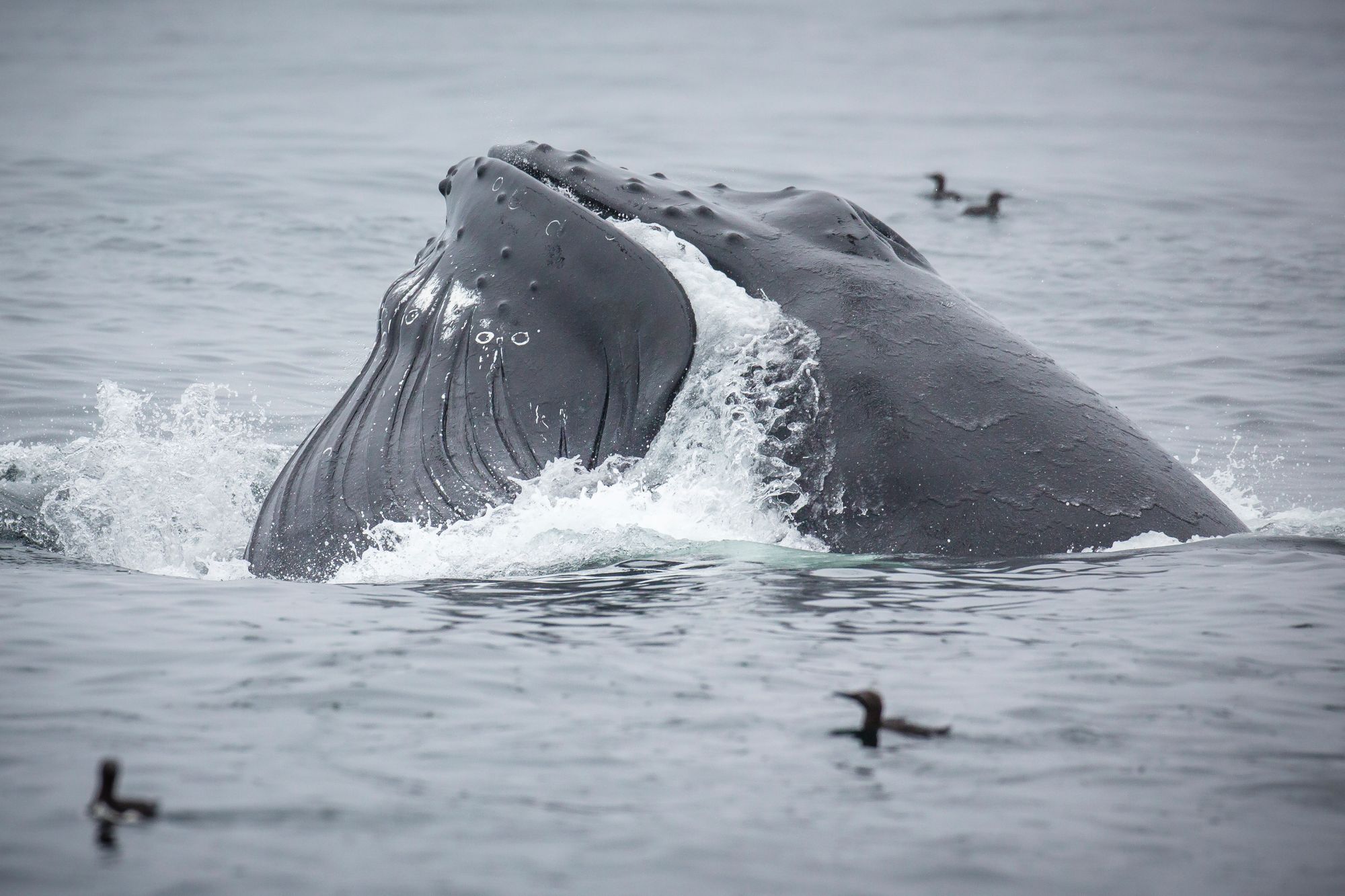On November 18, 2016, a ship called the Nisshin Maru left Japan for Antarctica to hunt minke whales. Unlike smaller, faster harpooners, the Nisshin Maru was 423-feet long and was known as a factory whaling ship because it functioned as a floating abattoir. Shortly after the Japanese whalers left port, two ships belonging to Sea Shepherd, the same ocean conservation group Ian Urbina accompanied on its chase of the Thunder in 2015, set sail from Australia. They, too, set a course for Antarctic waters. As in previous years, Sea Shepherd planned to sweep the Southern Ocean to find the Japanese fleet. Then, Sea Shepherd intended to prevent the harpoon ships from transferring their catch onto the Nisshin Maru.
They would use any means at their disposal to stop the hunt. This dramatic contest between Sea Shepherd and the Japanese whalers was an annual event that had become increasingly violent in recent years. But this year was different because an international governing agency ruled that the Japanese whalers were breaking the law. Sea Shepherd was emboldened by this, but the Japanese remained defiant and stubborn. In the end, the mission did not go as Sea Shepherd planned and they soon announced they they would end their Antarctic anti-whaling patrols.
